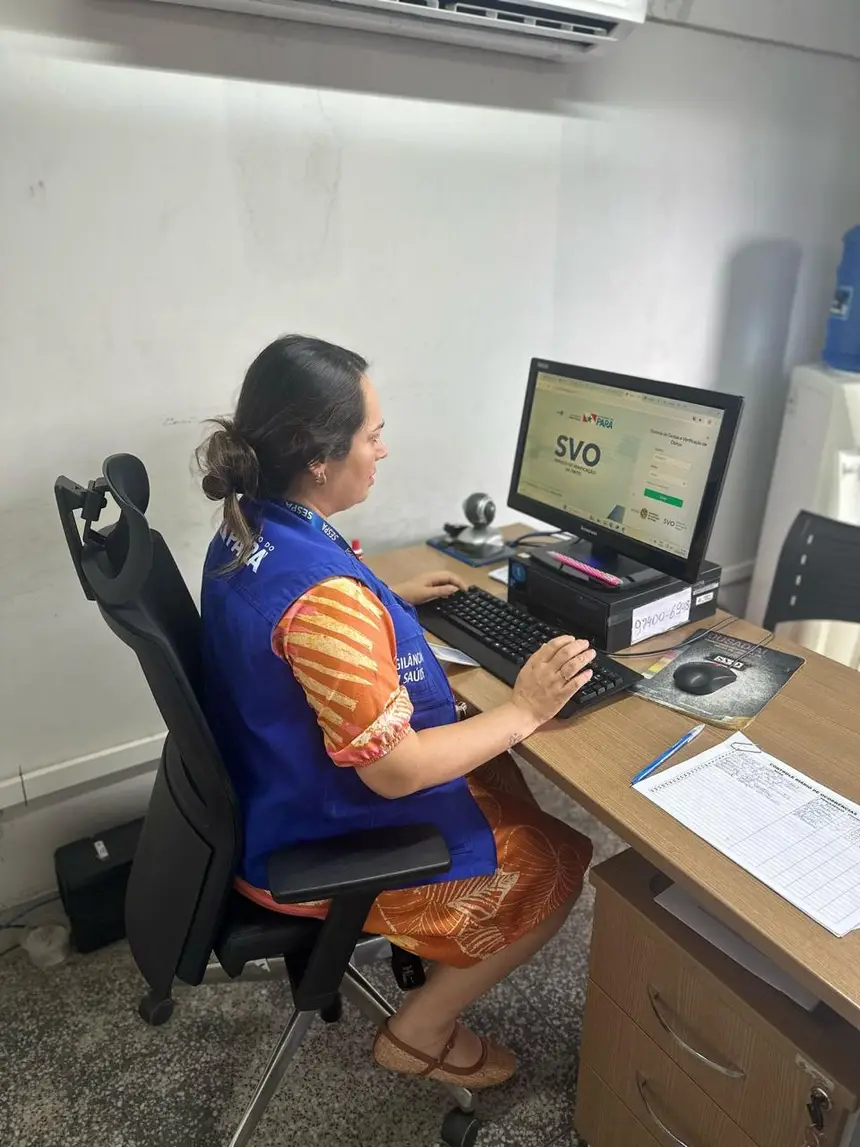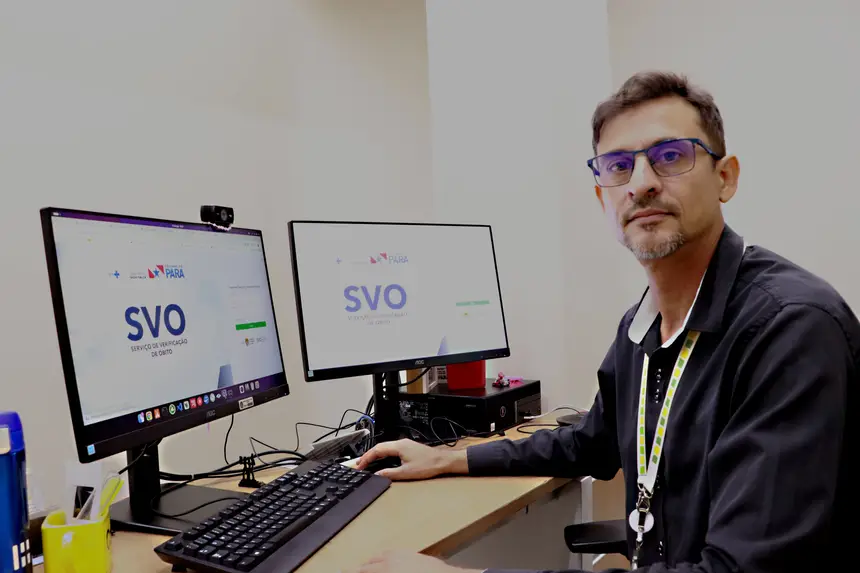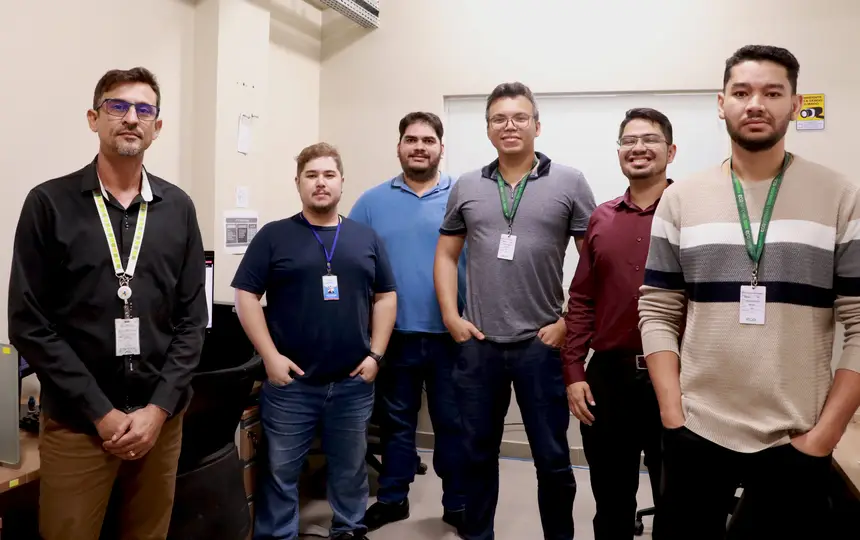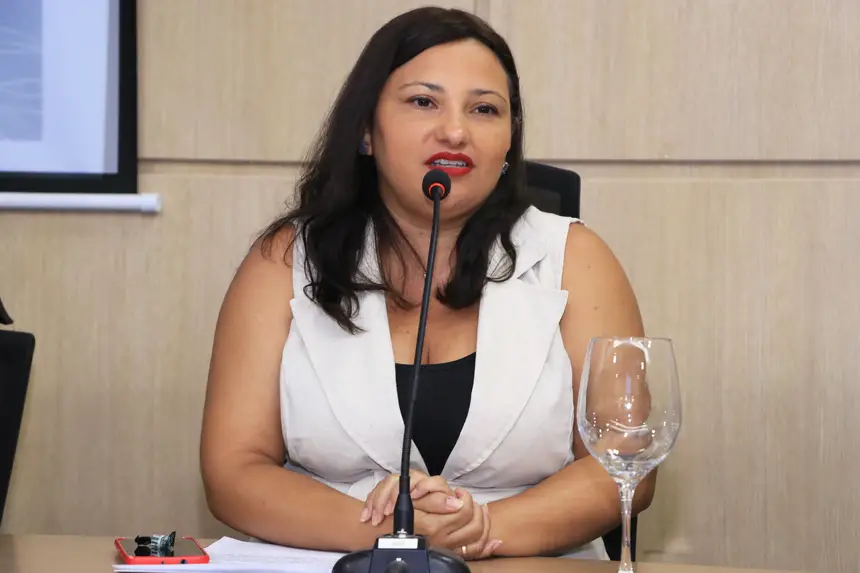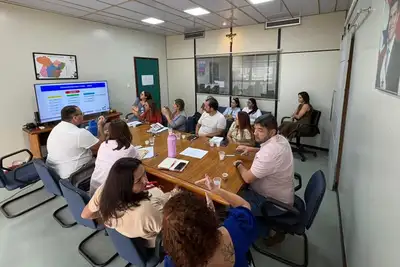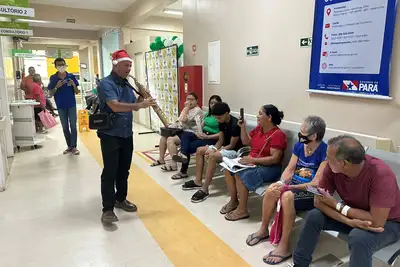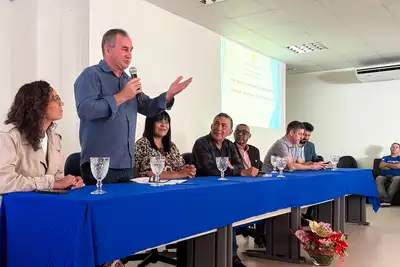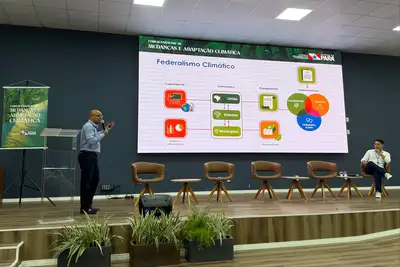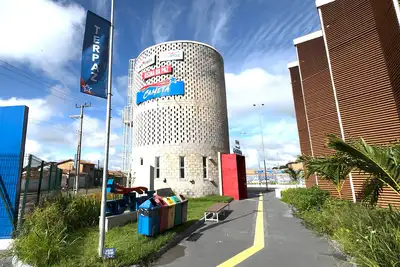New system modernizes services of the Death Verification Service in Pará
Technological implementation accelerates body release, standardizes data, and strengthens public health surveillance
The State Department of Public Health (Sespa) has implemented a new information system in the Death Verification Service (SVO), a reference for the free clarification of undefined natural deaths in Pará. The computerization of the unit, which has been working in partnership with the State Scientific Police for nearly 12 years, has generated significant gains in agility, data security, and information management.
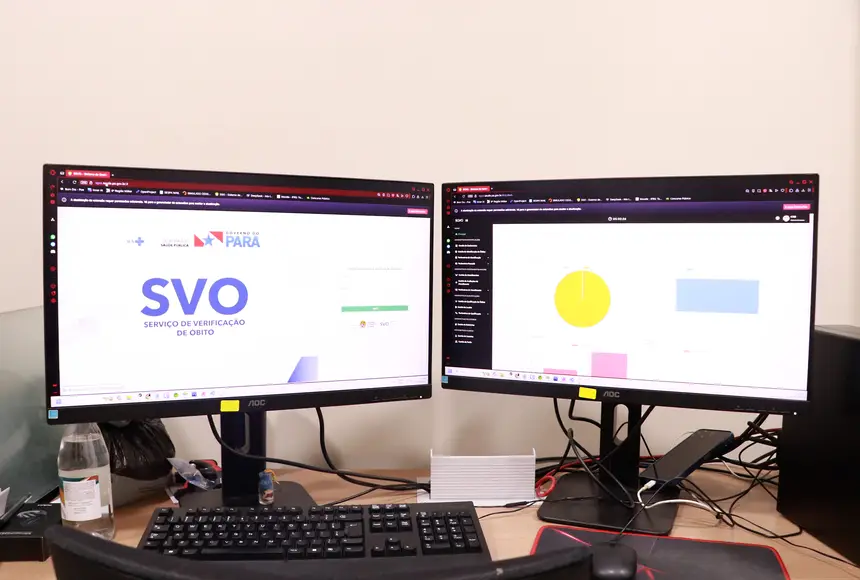
The action is coordinated by the Coordination of Technology and Health Informatics (CTIS) of Sespa and is part of the State Government's strategy to improve public health services, focusing on efficiency and support for the population in moments of vulnerability.
Agility and digitalization of processes
With the new system, procedures that were previously performed manually are now being digitized, such as filling out the Death Declaration — an essential document for registration and burial. This change allows for faster body release, reduces waiting time for families, and optimizes the internal flow of the unit.
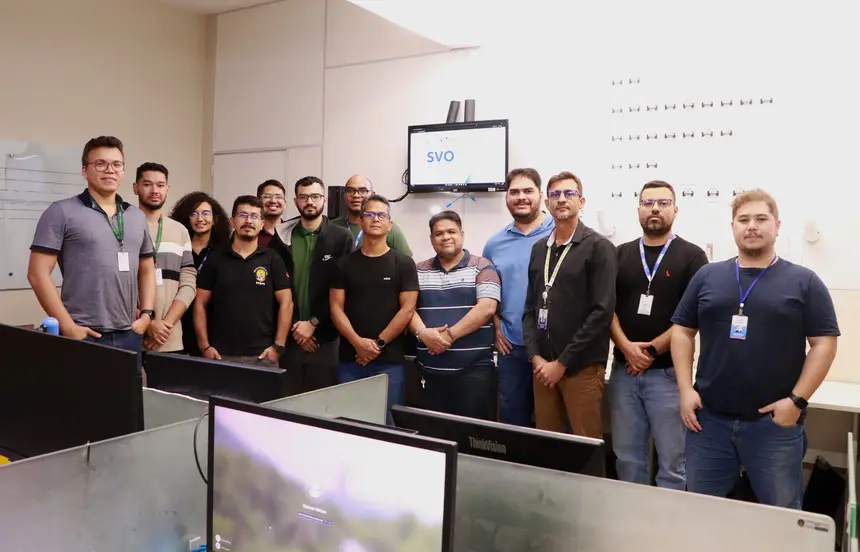
“Computerization significantly contributes to the agility of service and the quality of the service provided. We are reducing the time spent on manual processes and improving the response to families in such a delicate moment,” highlighted Elza Muniz, coordinator of the SVO.
Security, standardization, and efficiency
Cristiano dos Santos, coordinator of the CTIS of Sespa, explains that the system was developed internally by the technical team of the department and serves different user profiles, such as doctors, technicians, social workers, and administrative staff.
“The new system increases the security of information, prevents document loss, reduces costs with physical storage, and improves data analysis. In addition, it ensures standardization in data collection, allowing for better comparison between regions and greater efficiency in epidemiological surveillance,” emphasized Cristiano.
Strategic role in public health
Linked to the Health Surveillance Directorate (DVS), the SVO performs an average of 8 autopsies per day — totaling about 2,800 services per year. The unit has 31 professionals working in medical, assistance, and administrative areas.
The service is responsible for clarifying causes of undefined natural deaths, especially in cases occurring at home or in health units without conclusive diagnosis. The work goes beyond autopsy, as Elza Muniz explains: “The analysis performed by the SVO is essential for identifying mortality patterns and new health threats, supporting public policies for prevention and control.”
In this sense, the director of the Epidemiology Department of Sespa, Danielle Nunes, reinforces the strategic role of the unit. “The SVO acts as a sentinel for the discovery of emerging diseases. We currently have the capacity to quickly investigate any unusual health threat, which is essential to protect the population,” she stated.
Public service and new institutional channels
In addition to technological modernization, the SVO has also updated its service channels, with two new institutional numbers managed directly by Sespa:
Request for body removal and operational demands
📞 (91) 98400-0257 (daily service, including weekends and holidays)
Administrative demands and clarifications
📞 (91) 97400-6948 (reports, records, causes of death, epidemiological data)
Coordinator Elza Muniz emphasizes that the old numbers, previously managed by a third party, are now deactivated. “These new contacts ensure greater reliability, centralization, and agility in service, respecting the population that seeks the service in a moment of pain and fragility,” she emphasized.


